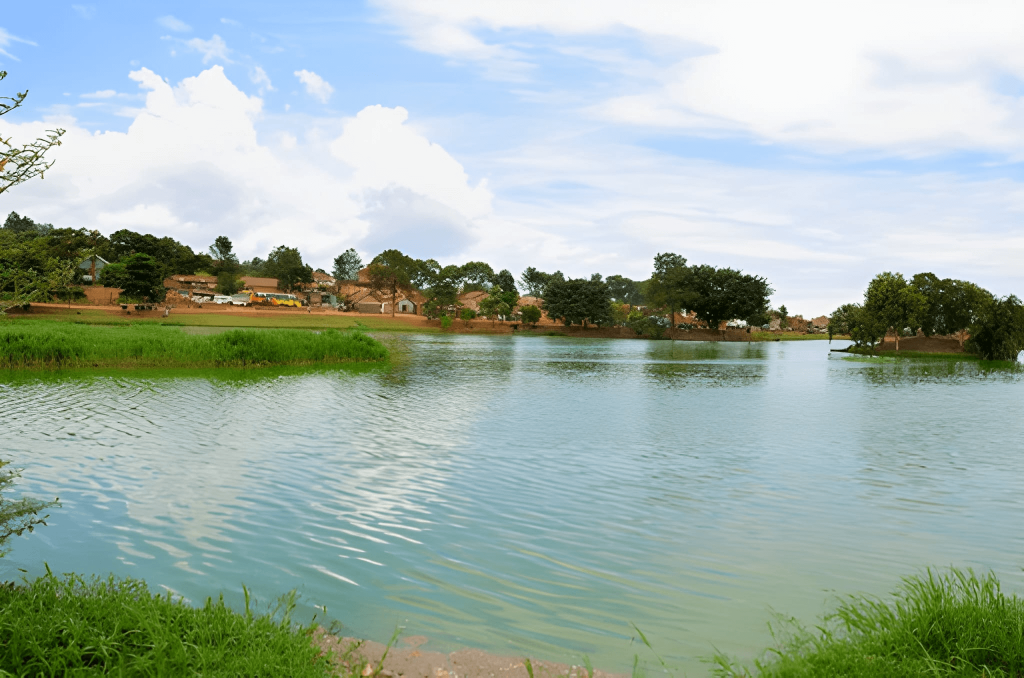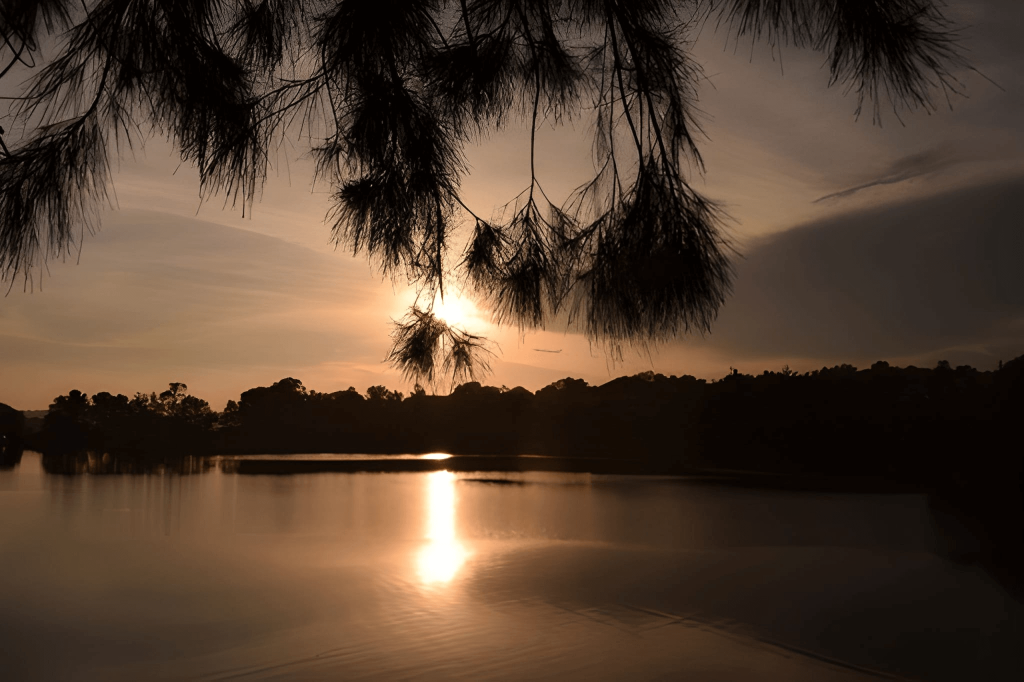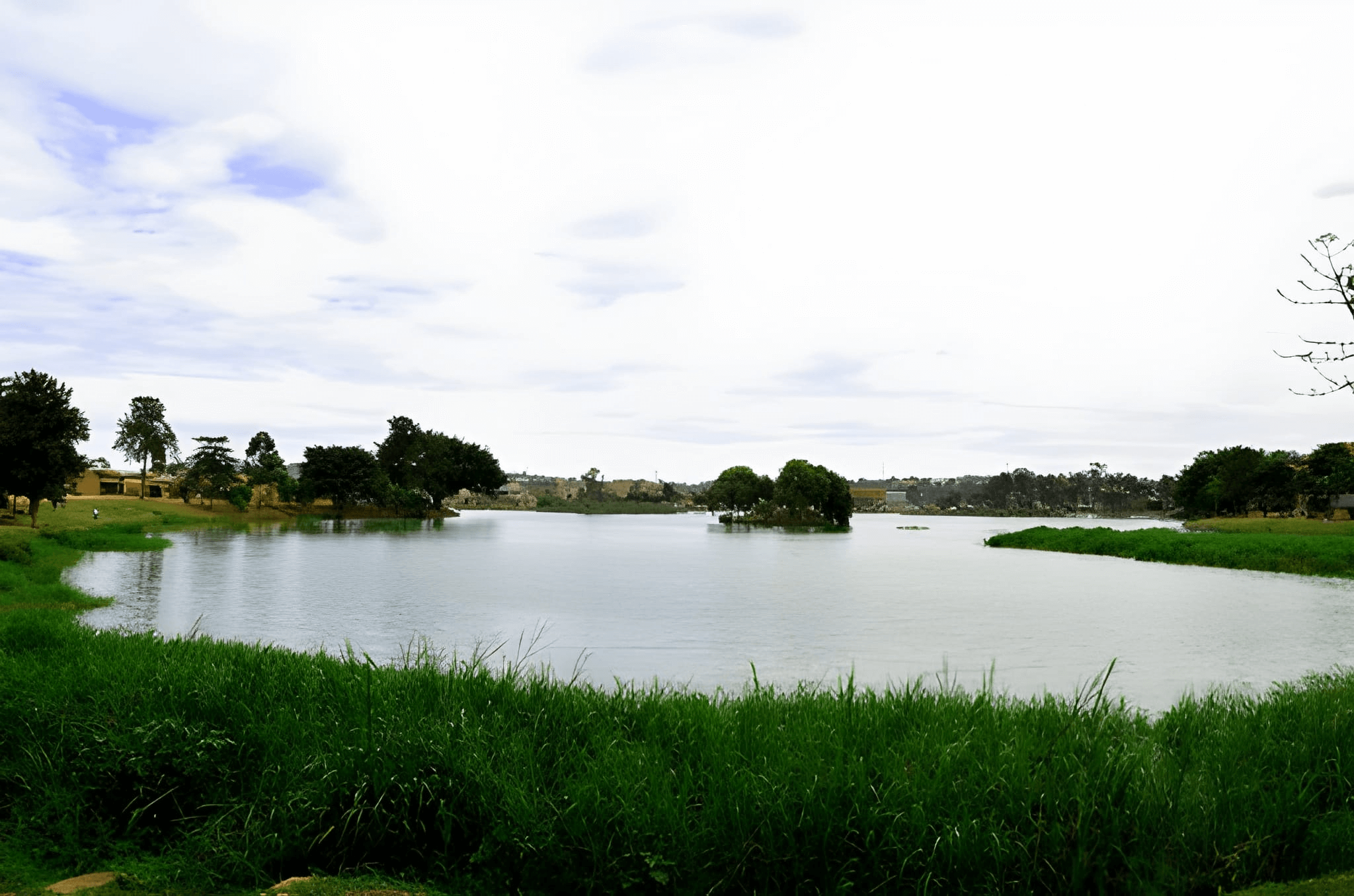Kabaka’s Lake defines a significant part of Buganda’s history. This vast body of water sits in Kampala, Uganda, near the Mengo Palace. It holds the title of the largest man-made lake in Uganda. The lake borders the Ndeeba and Rubaga divisions. This article explains the Kabaka’s Lake history, detailing its creation, its original royal purpose, and its current status as a crucial landmark. We provide a concise guide for anyone planning to visit this unique destination.
Kabaka’s Lake History: Creation and Purpose

Kabaka’s Lake history starts with a royal directive. Kabaka Daniel Mwanga II ordered the digging of the lake. Construction work began in the year 1885. The Kabaka needed a large channel. This channel had to connect his Mengo Palace (Twekobe) directly to Lake Victoria. This was the project’s primary goal. The channel would permit the Kabaka to travel easily by boat. A secondary goal was to create a direct water escape route. This route would offer security during times of conflict. Thousands of Baganda people executed the massive task. They used only simple, traditional digging tools. They excavated the vast area purely by hand labor.
Kabaka’s Lake Dimensions and Scale
The Kabaka’s Lake today measures a substantial size. It currently covers about 1.5 square miles, roughly 60 acres. This size makes it truly Uganda’s largest hand-dug water body. The original plan envisioned a much bigger scale. The Kabaka planned for the channel to reach the shores of Lake Victoria. This distance required digging an additional five kilometers. However, this goal remained unfinished. Political instability and the onset of religious wars forced Kabaka Mwanga II to stop the project. Work ceased abruptly in 1888. The project, therefore, became a massive, yet incomplete, man-made lake.
The Lake and the Buganda Monarchy
The Kabaka’s Lake serves as a powerful symbol. It represents the historical power and grand ambition of the Buganda monarchy. The lake sits very close to major royal centers. It is only a short distance from the Mengo Palace and the Buganda Parliament (Bulange). The lake remains a lasting memorial to Kabaka Mwanga II. He was an influential figure in Buganda’s history. The current Kabaka maintains this connection. The surrounding land still hosts important royal ceremonies and events. This makes the lake a continuous link to the kingdom’s heritage.
Visiting Kabaka’s Lake Today

Visitors find Kabaka’s Lake highly accessible. Tourists easily reach the site from the central business district of Kampala city. The primary activity involves walking around the lake’s grassy banks. This walk allows visitors to view the impressive scale of the excavation. The location offers excellent opportunities for photography, especially when the sun sets over the water. Tourists can also observe local life, including small fishing activities and community gatherings. Visiting the lake combines effectively with tours to nearby royal sites. These nearby sites include the Buganda Parliament and the famous Kasubi Tombs.
Conservation and Current Challenges
The Kabaka’s Lake faces several environmental issues today. Pollution significantly affects the lake’s water quality. Waste runoff from the surrounding urban area contaminates the water. Urban encroachment presents another serious threat. Residential and commercial development threatens the original boundaries of the lake. The lake’s surface area slowly shrinks due to these activities. To combat this, the Buganda Kingdom and dedicated local groups organize frequent clean-up drives. They actively work to restore and preserve the historic lake. Continued conservation efforts are necessary. These efforts secure the lake’s survival for future generations.
Conclusion
The Kabaka’s Lake holds undeniable significance. It remains a crucial piece of Ugandan history. It represents a massive royal effort and a powerful statement of authority. The lake possesses deep cultural value. It reminds visitors of the historical vision and resilience of the Buganda Kingdom. Visitors should make time to see the Kabaka’s Lake. They will gain a direct connection to Uganda’s remarkable royal past.




